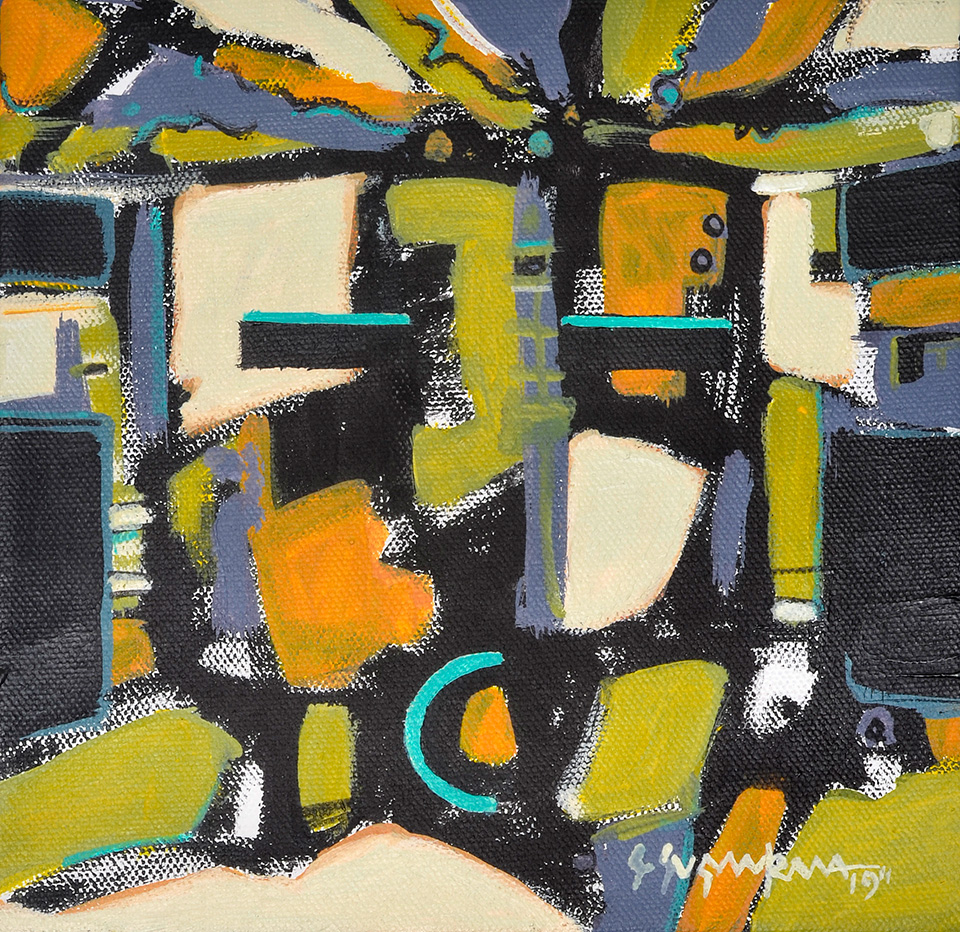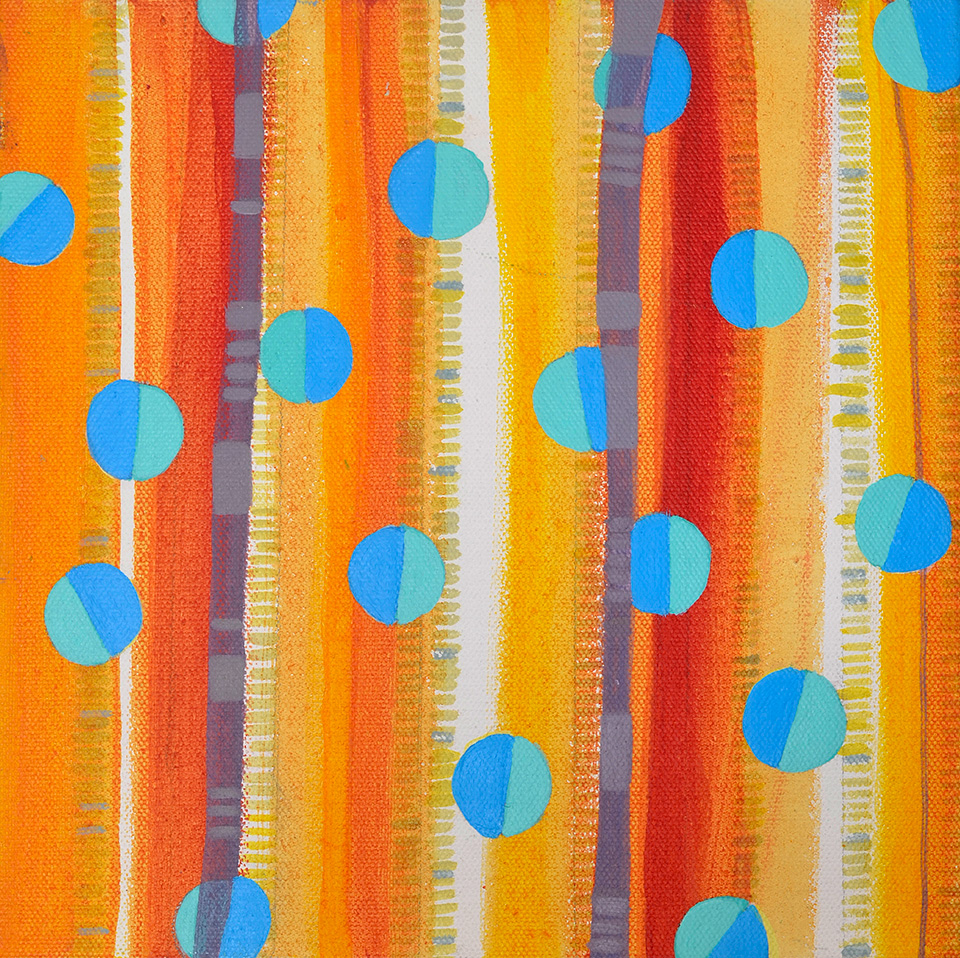In the May 1986 issue of this magazine, writer Lois Essary Jacka posited the following in an article titled Ancient Traditions, New Horizons:
Today’s Native American artists are builders of bridges. In their memories lie the traditions of their ancestors; in their visions rise the horizons of the future. Many start with time-honored art forms, and on these they impose their own interpretations. Others have become so innovative that their work may seem to have nothing ‘Indian’ about it at all. Yet no matter how contemporary their designs or revolutionary their colors, the influence of cultural heritage is never far below the surface.
Now, more than 35 years later, a new generation of artists is carrying on those same traditions — and, of course, incorporating its own modern aesthetic. In the following pages, you’ll meet four artists who are working to share the history and importance of their cultures through works large and small.
• Special thanks to Phoenix’s Heard Museum for its assistance with this project. For more information about the Heard, visit heardmuseum.org.
DUANE KOYAWENA
“I am a self-taught artist who has been creating art since childhood,” Duane Koyawena says. “My art is highly influenced by my father, Lloyd Koyawena, who was an artist in his own right. Drawing from my Hopi culture, my pieces convey the importance of hope and positivity. My life experiences have shaped my perspective and continue to impact the works I create. Today, I complement my artwork with the desire to help others.”
Indeed, the Flagstaff-based artist infuses his work with his traditional Hopi upbringing. Vibrant butterflies and kachinas dance across his canvas. He even created his own version of Star Wars’ R2-D2 robot as part of The Force is With Our People exhibition at Flagstaff's Museum of Northern Arizona, which was curated by Tony Thibodeau. The piece is adorned with designs reminiscent of Hopi pottery, and was engineered by Joe Mastroianni. Although R2-D2 is no longer at the museum, Koyawena and Mastroianni take the robot on tour to youth centers, high schools and more.
Having put struggles with alcohol addiction behind him, Koyawena is now a mental health technician at Flagstaff Medical Center, as well as a father and motivational speaker. In addition to his work being displayed at the medical center, he’s had recent exhibitions at Flagstaff’s Museum of Northern Arizona and the Center of Southwest Studies at Fort Lewis College in Durango, Colorado. Regardless of where his art is exhibited, though, one thing remains consistent: Koyawena pours his "Hopi heart" into his work.
More of Koyawena’s work can be found at dkoyawenaarts.com.
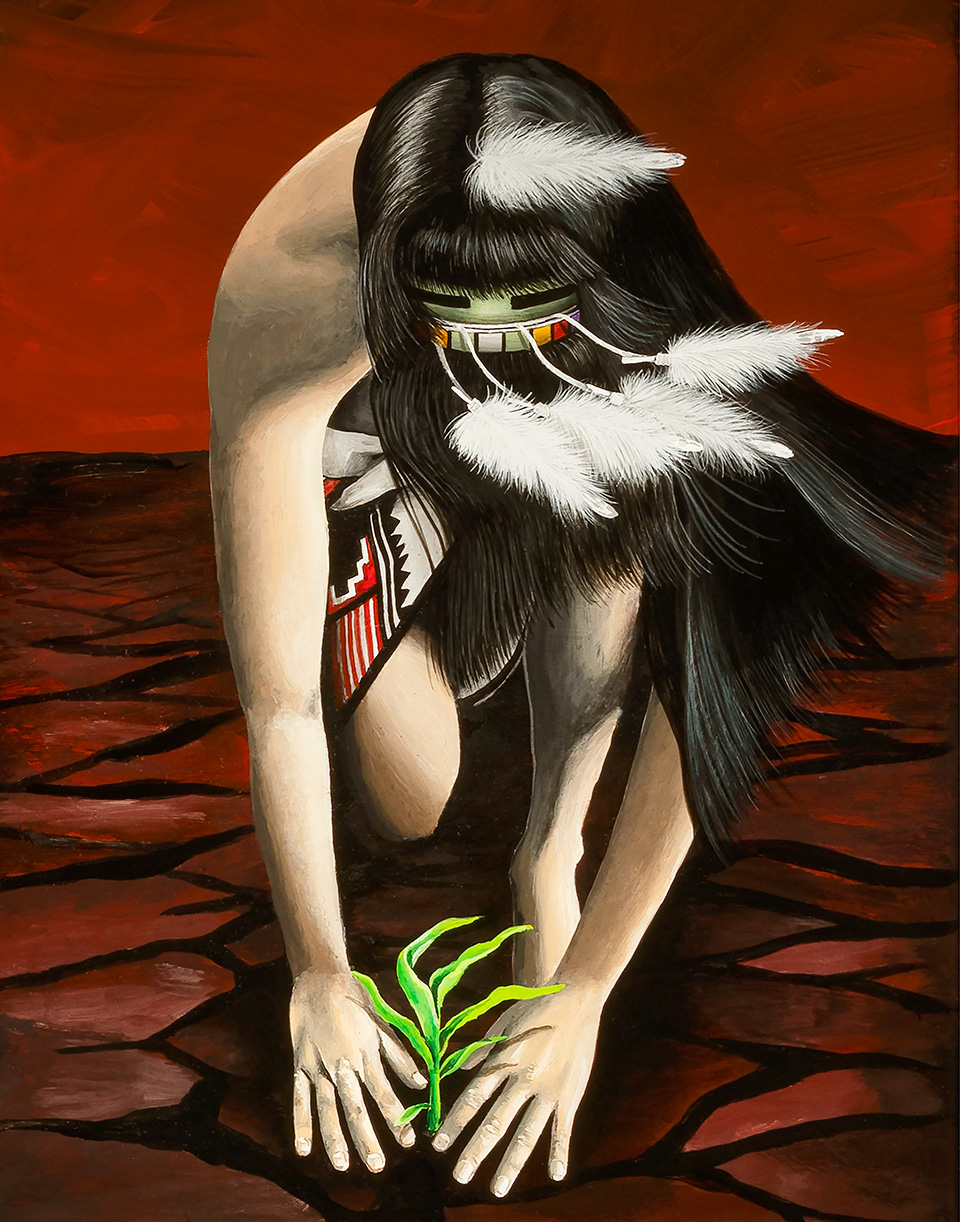
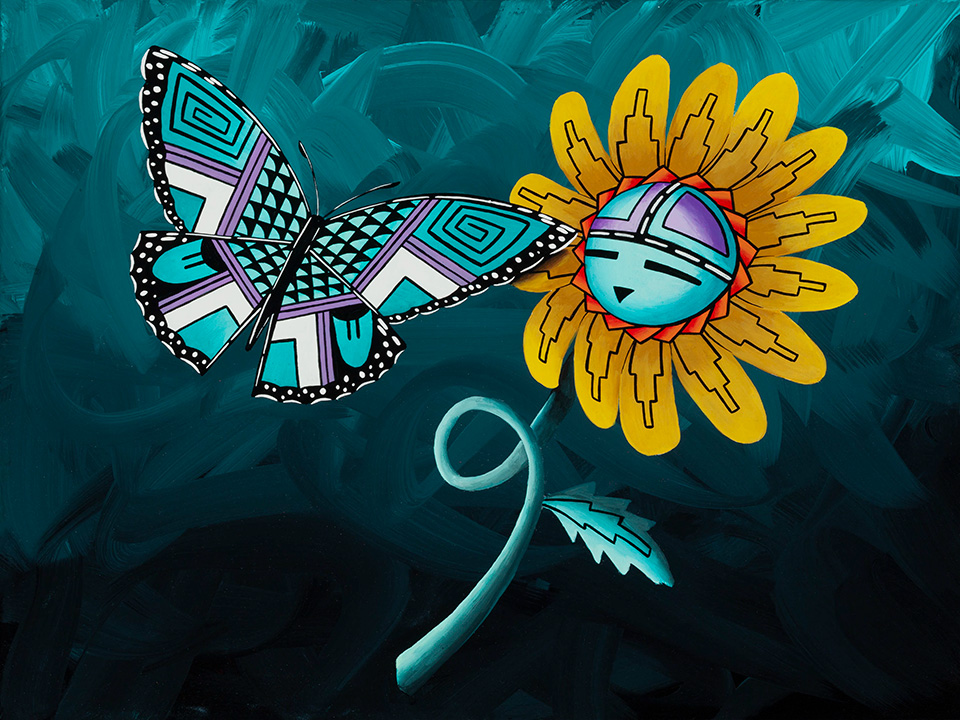
and the sunflower.” The butterfly is finished with elements of traditional Hopi pottery.
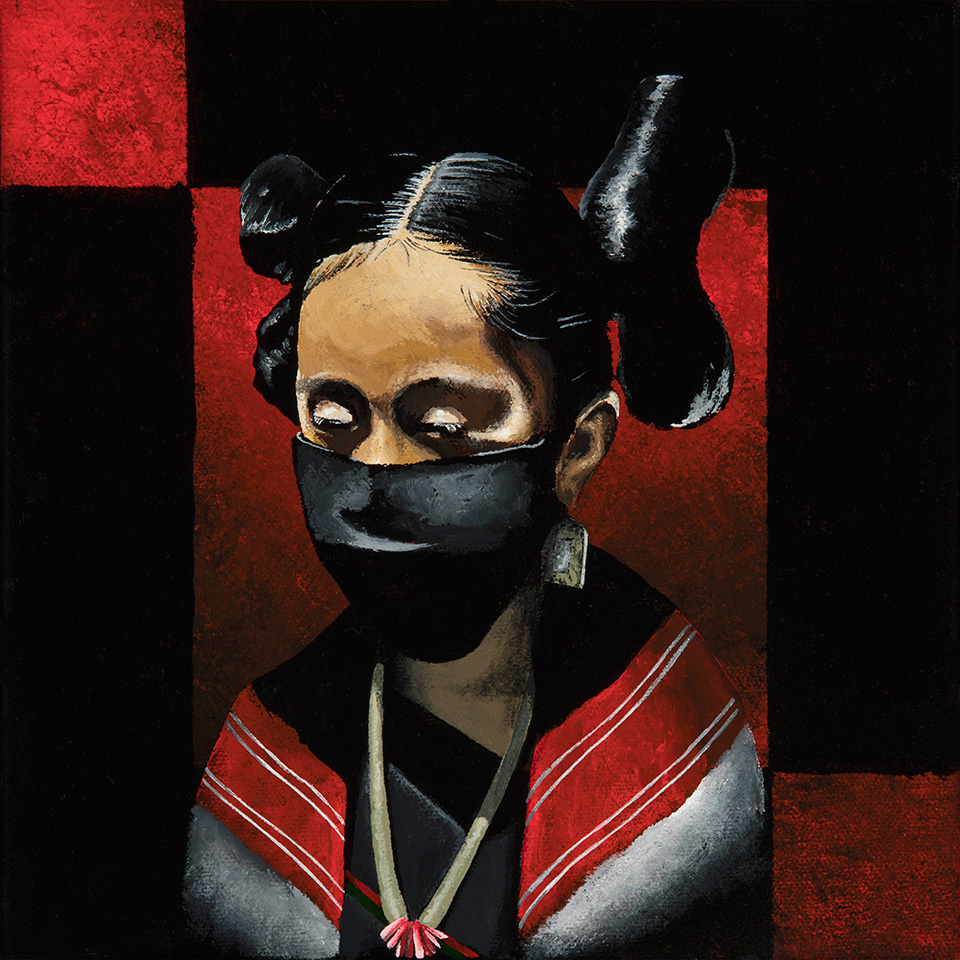
acknowledgement of the impact that COVID had on his family’s life.
THOMAS “BREEZE” MARCUS
Muralist, painter and digital artist Thomas “Breeze” Marcus was born and raised on the Salt River Pima-Maricopa Indian Community, east of Scottsdale. And although his artistic foundation is rooted in graffiti — he began painting around Phoenix as an adolescent — his work has since evolved to incorporate bold, graphic imagery that reflects his Tohono and Akimel O’odham heritage.
Marcus uses his art as a means of educating the public about issues facing our society, including militarization along the U.S.-Mexico border, which has affected Tohono O’odham lands.
“One of the important parts of that [Akimel and Tohono O’odham] history for me is being inspired by a lot of that older art, but also my own experience as a graffiti artist or graffiti writer here in Phoenix,” Marcus told viewers of an online presentation to the Arizona Historical Society in early 2021. “A lot of my inspiration comes from typography and the background, and just the intensity of being involved in that medium and that subculture that I think a lot of newer artists, new to public art and mural art, may not necessarily know. … It was pretty rough back in the day, and it took a toll on a lot of us that went through creating unsanctioned works and basically risking your life, your freedom, for a lot of different personal reasons and just wanting to be heard.”
Today, Marcus’ voice is heard in murals across the Valley, as well as in an exhibition at the Phoenix Airport Museum at Sky Harbor International Airport.
More of Marcus’ work is on Instagram at instagram.com/breeze1phx.
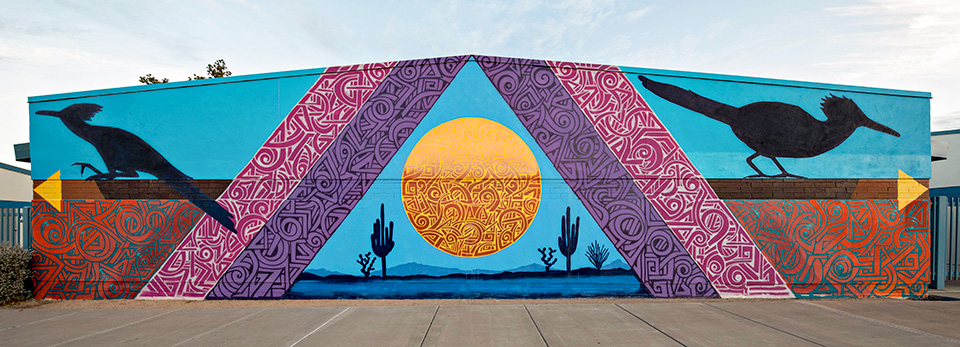
MARIO MARTINEZ
Born in Arizona in 1953, Mario Martinez grew up in Scottsdale’s Penjamo Village, one of several Pascua Yaqui settlements established in Arizona in the 20th century. Like many who lived in the village, Martinez is a descendant of Yaqui families who were driven from Sonora, Mexico, by the Mexican military in the late 1800s. It’s a history that is revealed, both spiritually and literally, in his work.
“My people always knew that we came from the universe — in particular the Milky Way galaxy,” Martinez says in his artist’s statement. “The sun was our father, and science knows that most of the elements in the stars are in our bodies. That knowledge helped form our original spiritual knowing. We knew that all earthly physical-ness has the same vibrational structure.
In short, ancient Yaqui spirituality recognized the supernatural makeup of the land and all that exists.
I believe I loved abstraction from the beginning because of my heritage.”
Indeed, Martinez’s paintings are rooted in Western modernist abstract tradition and marked by shapes that are bold, yet ethereal.
“In my paintings, drawings, prints and public works, the plastic qualities are of great importance,” he says. “In other words, the manipulation of materials over time is primary. That process is at the visual core of my vision. Yaqui Indian spiritual [and] supernatural cultural concepts are the inner content of my work.”
Martinez now lives in New York, and his work is exhibited through Garth Greenan Gallery and on his website, mmartinezpainting.com.
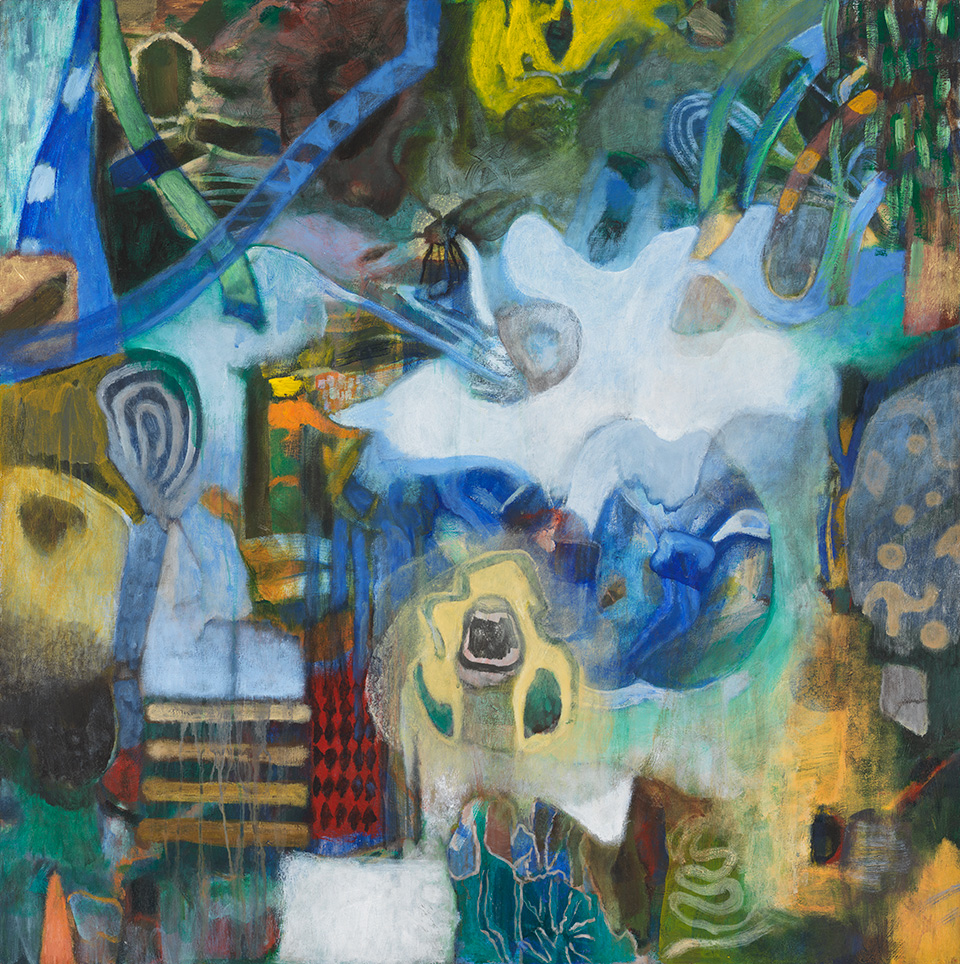

SHERYL SUSUNKEWA
From an early age, artist Sheryl Susunkewa knew her home was filled with art, language, culture and religion. A member of the Hopi Tribe from the village of Sipaulovi, Susunkewa was raised in Phoenix by renowned artists Manfred and Norma Susunkewa. Arizona State University awarded her a scholarship, and in 1996, she graduated with a bachelor’s degree in fine arts with an emphasis in painting.
“Being in a family of talented artists has taught me to learn and to know how important our Hopi heritage is,” says Susunkewa, whose name translates to “beautiful” in the Hopi language.
“I wish to continue the tradition which was left behind, pass it down to the next generation
and inspire an upcoming artist. Behind each artwork I create, there is a story — whether from parents, relatives or inspired by them. In fact, my father, Manfred Susunkewa, says, ‘Make your paints sing.’ ”
Susunkewa’s work has been exhibited at the Pueblo Grande Museum Indian Market and the Heard Museum Guild Indian Fair and Market in Phoenix, as well as at gatherings and markets in Litchfield Park, Prescott and Santa Fe.
“My wish is to continue educating the world about the Hopi culture through elements, symbolism and spirituality,” Susunkewa says. “The stories told by my parents about Hopi heritage inspire me to paint a story that I can share to the world.”
For more information about Susunkewa’s work, contact her at [email protected].
